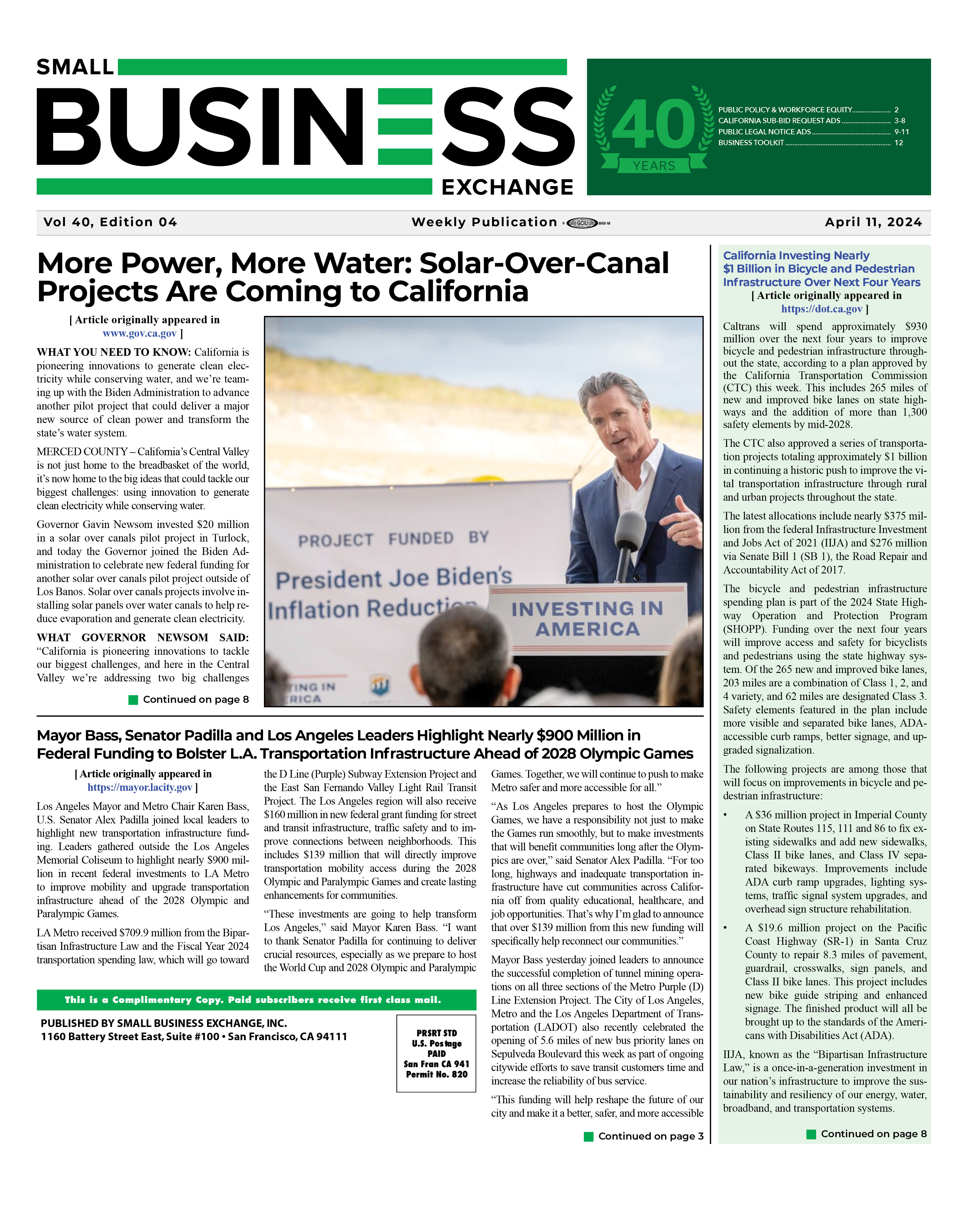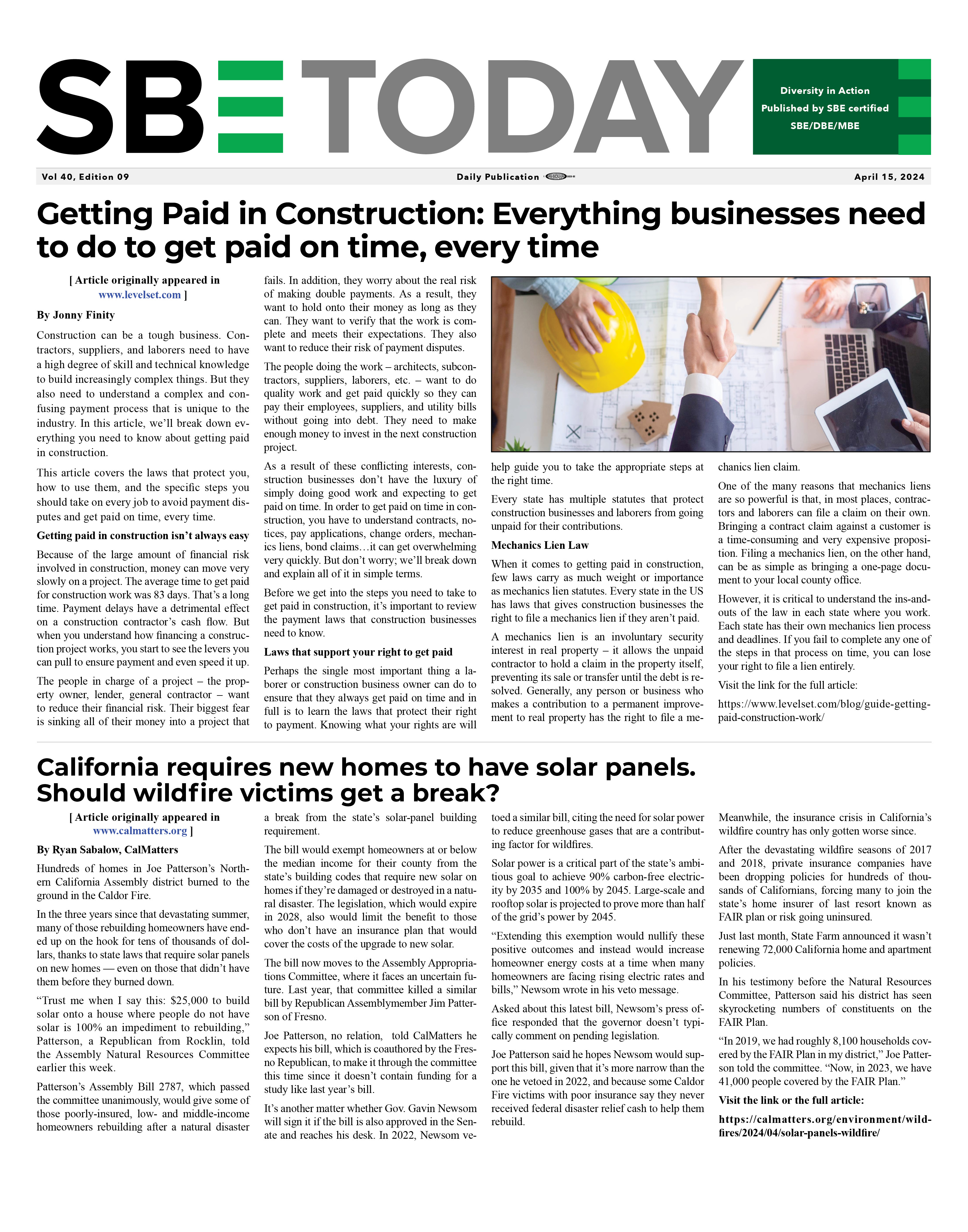You can’t expect others to proactively consider risk if your data lives in a system no one else can access. This is where integrations come in: by making your risk data available in the platforms other teams use every day, they can make the most informed decisions possible without any additional legwork.
For example, many of our customers use the TradeTapp API to connect qualification status and limits to their ERP system. By doing so, they prevent their teams from ever issuing a new project that exceeds a single project limit, or aggregate total limit.







